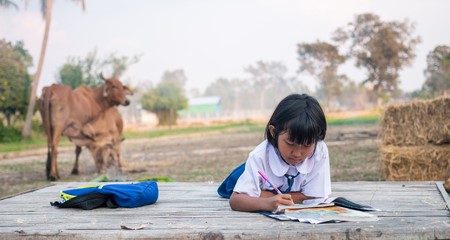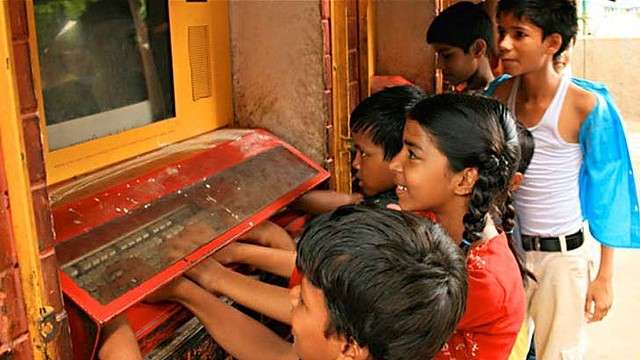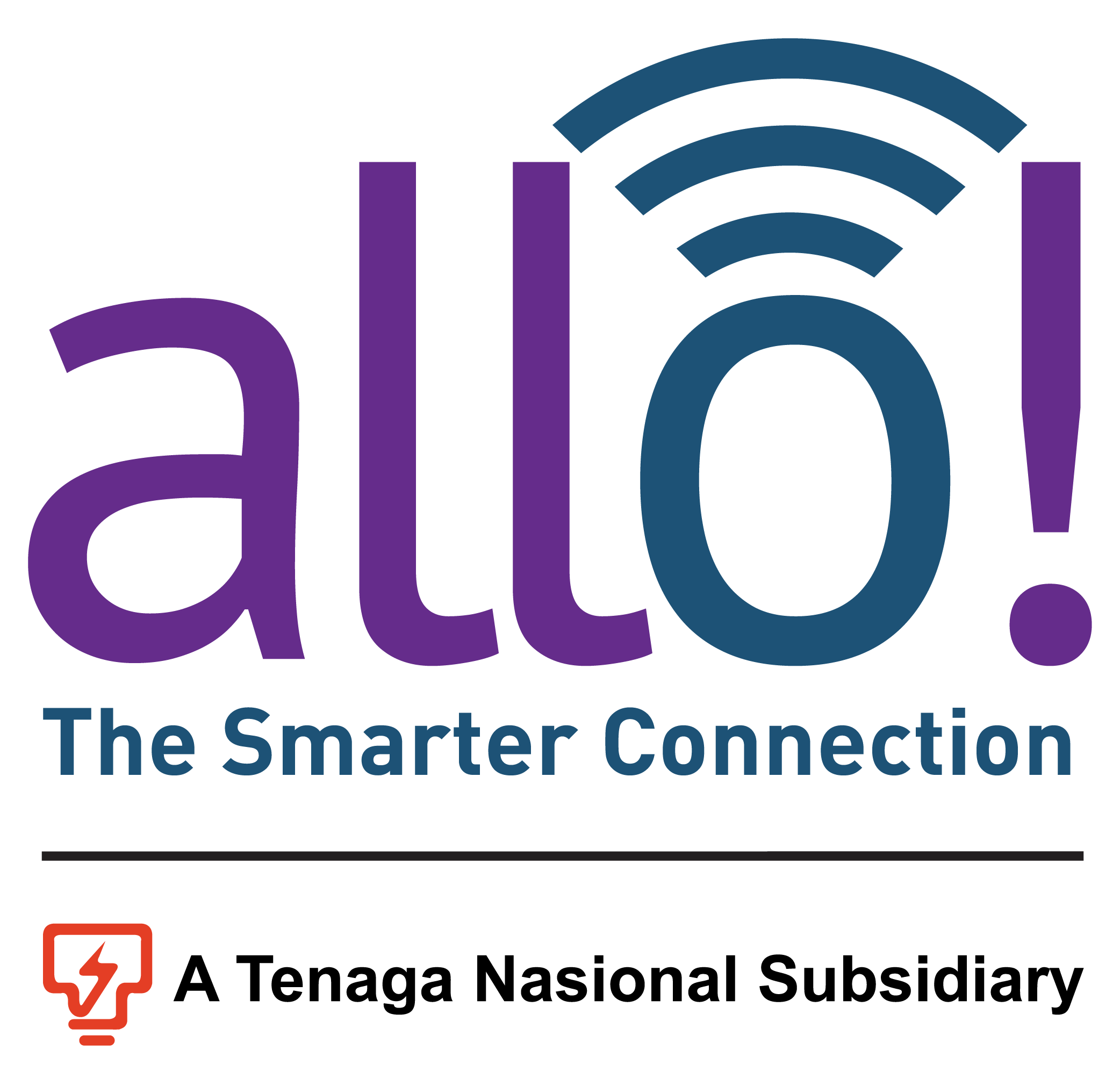BLOG
Catching Up to Their Peers: Leveraging Digital Connectivity to Benefit Rural Children

Today’s children experience earlier and more frequent interactions with digital technology than previous generations. The current generation of children will never comprehend a world without the connective power of the Internet, cell phones, and constant communication with the rest of the world. Unfortunately, the same can’t be said about children in rural areas. You only have to look to our rural villages that lack proper infrastructure to see the difference.
If leveraged correctly and made universally accessible, digital technology can be a total game-changer for children left behind due to poverty, ethnicity, race, gender, displacement, disability, or geographic isolation. It’s a great way to connect them to a world of opportunities and provide them with the knowledge and skills they need to thrive in today’s digital world.
But unless we rapidly expand access, digital technology may generate new divides that prevent some children from fulfilling their potential. And if we don’t act now to keep up with the rapid change, cyber risks may make vulnerable children even more susceptible to abuse, exploitation, trafficking, and other subtle threats to their well-being.
Making the internet accessible is the first step
In order to ensure that rural children in developing nations benefit from digital technology, there is an urgent need for faster action, greater cooperation, and focused investment:

1: Sharing Digital Devices
With internet connectivity no longer a barrier to learning, the next step is making digital tools accessible to students. Other than communal technologies like TVs and radios, where a single device benefits several children at once, certain project arrangements allow up to 50 students to access a single computer independently as long as each has their own mouse.
Through the years, network service providers such as Celcom and TM have helped to bridge the gap through the Community Broadband Centre (CBC) initiative, rural villages can gain access to Wi-Fi internet connection for up to a radius of 300 meters from the Access Point (AP) site. However, these cover a small fraction of rural areas, leaving many more still in need of better connectivity.
Such efforts are practical when technologies are availed to help transform regular projectors into low-cost digital whiteboard versions. For instance, the Indian Hole in the Wall project showcased how installing shared outdoor computing facilities in slum communities can benefit children massively outside the formal schooling setup.
2: Promoting Literacy and Learning with Mobile Phones
In remote villages where teachers face daunting challenges associated with isolation of peers and limited resources like textbooks and essential teaching materials, mobile phones can help support teachers in meaningful ways. In countries such as Tanzania, mobile phones provide access to education content, while in Papua New Guinea, mobile phones are used to deliver periodic prompts and tips on how to utilize educational content. In Pakistan, teachers use mobile phones to send short quizzes to learners to help them, and their guardians/parents gauge how well they understand topics discussed in class. All these learnings can easily be applied locally, to help our children bridge the gap in their knowledge while getting them accustomed to having their own personal device.
3: Bringing in Educational Technology
With the right platforms in place, all students need are portals to access the various facets of learning offered within their respective curriculums. Subscriptions to Google Scholar for example would allow students to do easy referencing on a wide range of subjects while virtual labs can help simulate experiments normally requiring expensive equipment like chemicals and glassware. Virtual field trips take students out from their classrooms, allowing them to visit places they may never have otherwise known in the world. The possibilities are endless.

4: Expanded Curriculums
While online classes have grown in popularity today due to pandemic restrictions, the same format could be used to elevate rural education to higher levels. Online courses can help substitute a lack of teaching specialists in less populated areas, aggregating students from several different classrooms into a single, manageable class and connecting them directly to the source with nothing more than a camera and screen. Assignments can be handed out and graded, with the right feedback given to students requiring help and assistance. Tutoring likewise can be done on a smaller scale, expanding learning hours for students looking for additional help.
5: Peer Learning
Sometimes a single classroom may not be able to offer the help a student need, due to a lack of peers on the same level. With bigger classrooms, peer teaching and learning is fairly common, and can help students grow as they reframe the contents of academia towards their own friends and classmates. With rural classrooms, we can extend this support structure by providing online peer support through school managed chatrooms or message boards. Children in need can congregate under different subject matters, helping one another understand and solve problems they would have otherwise had trouble with alone. Teachers can assist the learning process by checking in with these students, providing the right guidance they need and to keep the process running smoothly.
Final Thoughts
These approaches to helping children in remote areas catch up with their peers are just the tip of the iceberg. There is certainly no single strategy that provides a silver bullet solution for addressing all the challenges that confront children in remote, low resource, and low-income communities. That said, there are numerous encouraging developments around the globe. Some of them are pioneered by the most unlikely entities taking the most unlikely approaches in the most unlikely locations. At the very core of all this, we at Allo are committed towards bridging the gap by connecting rural areas and bringing the internet to more homes and schools than ever before.
At Allo Technology Sdn. Bhd, we strive to transform digital connectivity by broadening broadband networks in remote areas of Malaysia. headquartered in Cyberjaya, Malaysia. Contact us today to schedule a free consultation!
